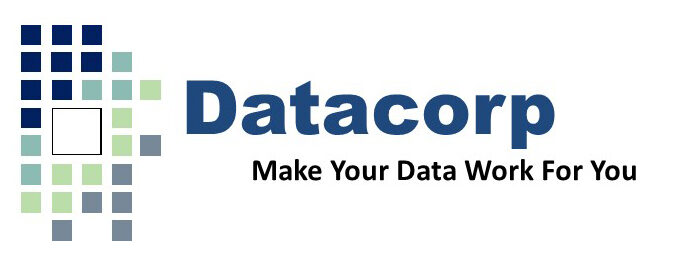
Assessment
Needs assessments are tools used to identify the strengths and resources available within a designated geographic area to meet the needs of a specific population. The assessment focuses on demographic characteristics of the population under consideration, capabilities of the community including its citizens, agencies, and organizations, community needs, and available resources. Need in this context can be conceived of the difference between “what is” and “what should be.”
The Datacorp Team uses a variety of needs assessment tools and methods to answer these questions. The tools can include conducting surveys, key informant interviews, focus groups, capacity analyses, and a variety of methods for conducting secondary data analyses including social indicator analysis and synthetic estimation.
In many cases, a comprehensive, mixed- method approach utilizing two or more methods can provide a more thorough assessment of need and capture critical information about populations that a single methodology would miss. Datacorp can assist clients in selecting appropriate methodologies based on their needs, budget, and timeline.
Social Indicator Studies
Social indicator studies use previously collected, archival data on geographic areas to examine geo-spatial patterns. Quantitative data from the U.S. Census, Uniform Crime Reporting program, hospital discharge data, and other sources are gathered and organized into one data set. We then use statistical techniques like correlation, geo-mapping, and spatial analysis to see patterns across time and space. Often various indicators are combined, creating indices to develop one overall view of the topic of interest. Results from social indicators studies help planners allocate resources and plan for services around geographic patterns of need.
Gap Analysis Studies
Gap analyses are used to compare the magnitude and scope of a problem with existing resources to address a specific problem. These studies reveal the unmet need for resources within a defined geographic area. Data on the problem under consideration are gathered from a variety of sources such as surveys, interviews with stakeholders, existing documents, social indicators, and existing data systems. Information on existing resources is also compiled from similar sources. Putting these data together shows where services are needed but are not currently available. These results can then be used to create targeted plans for the expansion of existing services or the creation of new services.
Strategic Planning
Strategic planning is the process of defining or redefining an organization’s mission, goals, and objectives, and developing a set of specific strategies to achieve them. Some planning processes can use linear procedures while others, particularly those addressing complex social issues, may require the application of Systems Thinking to help develop better solutions to chronic issues.
Strategic planning typically involves intensive, facilitated discussion and the use of business analysis techniques. For example, SWOT analyses – Strengths, Weaknesses, Opportunities, and Threats, are used to evaluate an organization’s current state, and identify the organization’s goals and objectives for the future. Once goals are established, we work with clients to determine a path for getting there. Internal and external factors that may facilitate or impede progress are considered and factored into the equation, and relationships among participants and partners are assessed for strengths and impacts. Thorough environmental scans help to identify needed enhancements in staffing, policies, practices, and key relationships for the organization to be successful.
Results from strategic planning sessions typically result in the refinement of the organization’s vision and an actionable, measurable plan for successfully moving forward.
Program Assessment and Process Improvement
Social service program executives are often interested in unbiased assessments of their program performance to determine strengths, areas for improvement, and service delivery gaps. Program assessments provide an opportunity to compare a specific program against “best practices”, certification requirements, and national benchmarks for staff and program performance.
Assessments can include program reviews, certification and licensing reviews, staffing performance assessments, outcome evaluations, and recommendations for service and performance enhancement. Assessments can be conducted on individual programs, organizations, coalitions, or larger service delivery systems.
